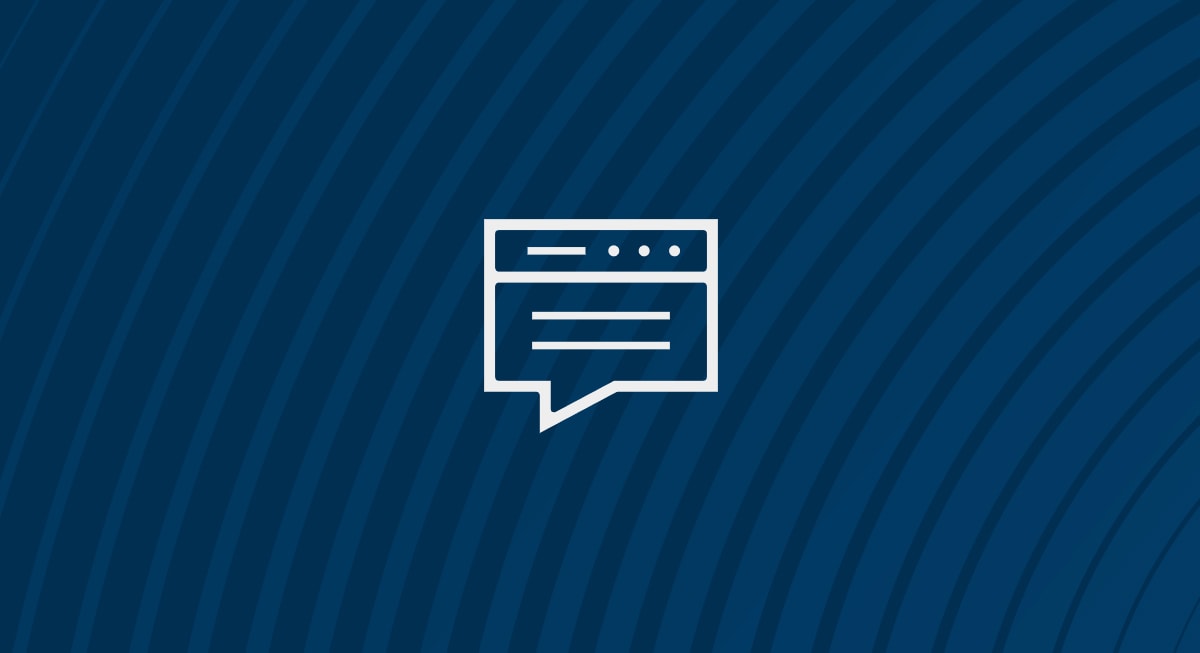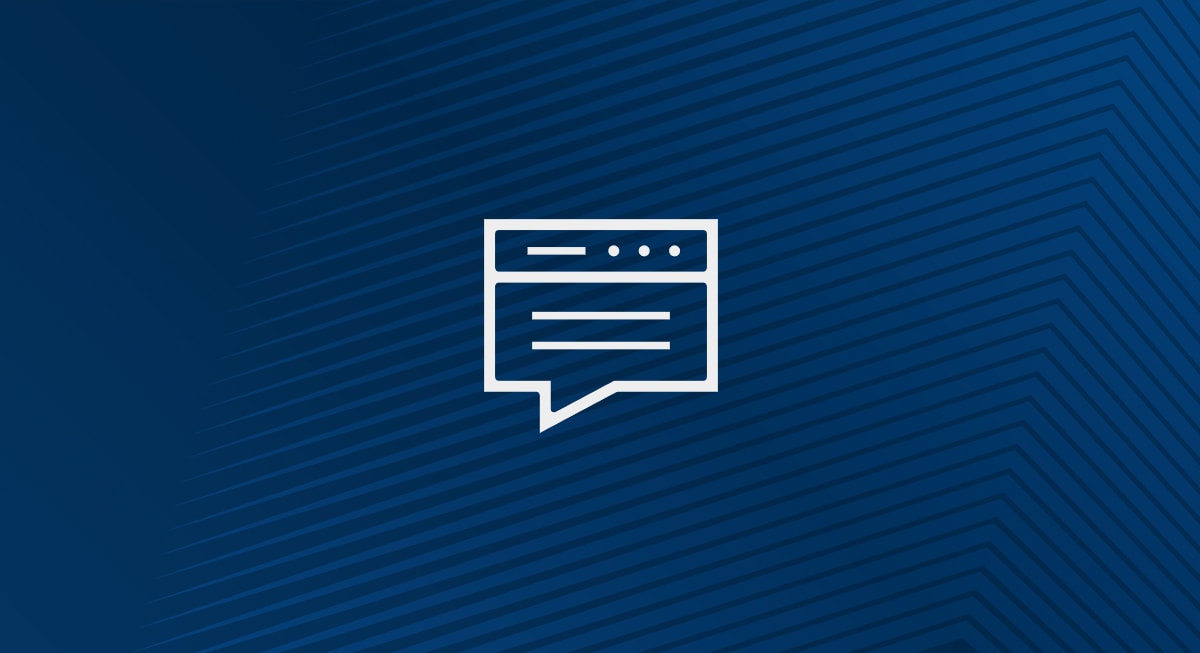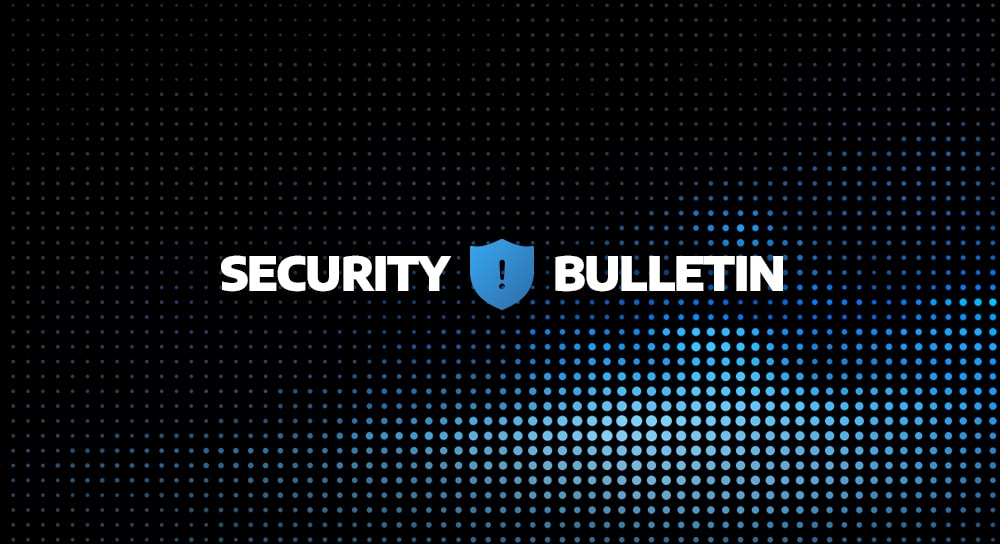Gartner recently identified security operations centers (SOCs), which focus on threat detection and response, as one of seven security and risk-management trends for 2019.
As threat prevention shifts to threat detection, Gartner forecasts that 50 percent of SOCs will have “incident response, threat intelligence, and threat-hunting capabilities” by 2022 — compared to only 10 percent in 2015.
Factors driving this trend include the growing frequency and sophistication of threats, the increased complexity of IT environments, and new operational risks to mitigate. SOCs help healthcare organizations address these needs, but limited budgets present a major challenge.

The Advantages of Managed Detection and Response
Managed solutions are a cost-effective alternative that provides hospitals and other healthcare providers with advanced threat detection and response tools, along with 24/7 monitoring. As a SOC-as-a-service supplement, managed detection and response (MDR) enables in-house IT teams to concentrate on patient-focused IT initiatives.
Outsourcing these advanced services to an MDR partner helps you optimize your security posture. At the same time, it streamlines and validates HIPAA compliance.
Criteria to Evaluate Third-Party Risk Solutions
Look for an MDR partner who has robust external and internal vulnerability assessment tools that provide an aggregated view of risk indicators. Functionalities to consider include:
- Configuration vulnerabilities—a strong solution will go beyond standard CVE testing to detect weaknesses in passwords, open ports, and other configurations.
- Ongoing, real-time vulnerability scanning—point-in-time scanning leaves a big window open for compromises to go undetected, while ongoing vulnerability scanning reduces your exposure by enabling faster risk mitigation.
- Automatic enrolling of new devices—you can reduce vulnerabilities from internal threats through real-time scans for new medical devices and automatic enrollment into the queue to perform vulnerability scanning.
- Risk scoring and summary—a risk-scoring mechanism helps prioritize threat response and avoid alert fatigue, eliminates false negatives, and quickly escalates events that require investigation.
- Easy-to-consume dashboard—a dashboard with easily digestible summaries and risk scoring lets you clearly understand the risks to your organization’s business operations.
Enable Department-Level Risk Management
The fragmented nature of IT in healthcare organizations, especially hospitals with their sprawling number of campuses, departments, and affiliated specialty practices, creates a unique environment.
A solution that gives you granular, department-level reports provides additional benefits. It enables departments to remediate vulnerabilities directly, solving the fragmentation problems that healthcare organizations have faced historically.
To learn more about the benefits of managed detection and response solutions to protect your healthcare infrastructure, download our free white paper.






